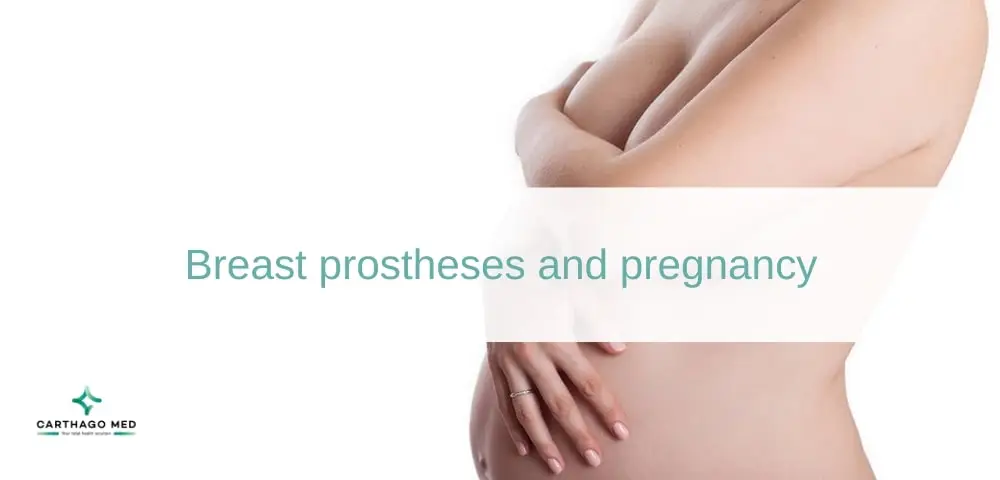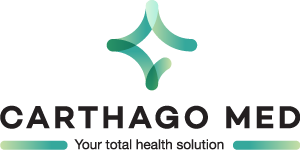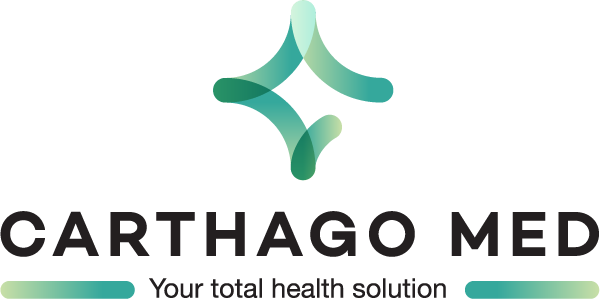
Breast prostheses and pregnancy
Pregnancy is a marking event in women’s life as the body undergoes many changes in different ways. Women wishing to have breast implants and planning to get pregnant or have already given birth are plagued by several issues. For this reason, we should be aware and informed of the risks posed by breast prostheses.

Should breast implants be placed before pregnancy?
For women contemplating breast augmentation before embarking on the journey of motherhood, it's crucial to consider a few essential factors. While the placement of breast implants typically doesn't interfere with the natural course of pregnancy, it's important to acknowledge the dynamic changes the body undergoes during this transformative time. Pregnancy often brings about fluctuations in weight, leading to potential stretching of the skin. As breasts naturally enlarge during pregnancy and gradually decrease postpartum, it's advisable to allow ample time for the body to adapt following breast augmentation surgery.
Experts recommend waiting a prudent period of six (6) months to one (1) year before conceiving to ensure the optimal stability of the surgical outcome and to allow for complete healing. Prioritizing the body's recovery process sets the stage for a smoother transition into pregnancy and minimizes the potential for complications. Should pregnancy be imminent, consulting with a qualified surgeon becomes paramount, as they can tailor recommendations to accommodate the unique circumstances of the individual. Mindful planning and informed decision-making pave the way for a harmonious balance between aesthetic aspirations and maternal health.
WHAT ARE THE RISKS DURING PREGNANCY?
For expectant mothers who have undergone breast augmentation with saline implants, the primary reassurance lies in the negligible risk these implants pose to the developing baby. However, the shifting shape and volume of breasts during pregnancy may prompt aesthetic concerns. Fortunately, the presence of implants can provide structural support, potentially mitigating the risk of postpartum ptosis.
Yet, what if complications arise, such as capsular contracture, a rare but possible occurrence characterized by the hardening of breast tissue around the implant? Even in such instances, the focus remains on maternal and fetal well-being, as this reaction poses no direct threat to the baby. In these cases, discussions with a trusted surgeon are paramount. While removal or replacement of the implants may be advised, the timing is not urgent, allowing for a thoughtful decision-making process. Typically, any such corrective measures are considered in consultation with the healthcare provider and may occur within six months following delivery, or after the cessation of breastfeeding, if applicable.
Concerns may also arise regarding silicone leakage, albeit the cohesive nature of modern silicone implants significantly diminishes the risk of widespread dispersion in the event of rupture. Consequently, both mother and baby are spared from associated dangers. Any decisions regarding potential revision procedures are generally deferred until after childbirth and, if relevant, breastfeeding, ensuring the utmost safety for all involved parties.
When should prostheses be placed after pregnancy?
After the miraculous journey of childbirth, a woman's body undergoes a symphony of transformations, particularly in the realm of her breasts. Whether nurturing a newborn through breastfeeding or not, the postpartum period brings a dynamic shift in the contours and firmness of the bosom. It's a time when the very essence of femininity takes on new dimensions, often accompanied by the unwelcome guest of sagging skin. For those contemplating the restoration of their pre-pregnancy silhouette, the allure of breast implants beckons.
However, embarking on this journey requires patience and timing. The canvas upon which the implants will be placed needs to settle, much like a painter preparing a fresh canvas. Typically, it's advisable to wait approximately six months post-delivery, allowing the body to reclaim its former glory and stability. This timeframe, of course, can vary depending on individual factors such as skin elasticity and overall health.
For mothers who have embraced the nurturing art of breastfeeding, the timeline extends further. The delicate balance of hormones and glandular activity during lactation means that the breast tissue undergoes continued flux. Thus, it's prudent to wait another six months post-weaning before considering breast augmentation. Fortunately, studies have shown no discernible risks associated with cohesive silicone gel implants, offering reassurance to those pondering their postpartum aesthetic journey.

How Does Breast Augmentation Impact Maternal Health, Breastfeeding, and Psychological Well-being During Pregnancy?
Beyond the immediate considerations surrounding breast augmentation and pregnancy, it's important to delve into the broader impact of these decisions on maternal health, breastfeeding, and psychological well-being.
Maternal Health:
While the focus often centers on the aesthetic outcomes of breast augmentation, its impact on overall maternal health warrants attention. Pregnancy itself places significant demands on the body, from hormonal shifts to physical changes, and the presence of breast implants adds another layer of complexity. Ensuring optimal maternal health before, during, and after pregnancy requires a holistic approach that considers not only the cosmetic aspects but also the physiological implications of surgical intervention.
Healthcare providers play a crucial role in guiding women through this process, offering support, information, and personalized recommendations to safeguard both maternal and fetal well-being. By fostering open communication and collaboration between patients and healthcare professionals, women can navigate the intricacies of breast augmentation within the broader context of maternal health.
Breastfeeding:
For many expectant mothers, the ability to breastfeed is a significant consideration when contemplating breast augmentation. While the presence of implants does not necessarily preclude breastfeeding, it's essential to discuss potential implications with a healthcare provider beforehand. Factors such as implant placement, incision location, and individual anatomy can influence breastfeeding outcomes and should be carefully evaluated. Additionally, postoperative care and support during the breastfeeding journey are crucial for both maternal and infant health. Women who have undergone breast augmentation may require specialized lactation support to address any challenges that arise, ensuring optimal nutrition and bonding for their newborns.
Psychological Well-being:
The decision to undergo breast augmentation, whether before or after pregnancy, can have profound psychological implications for women. Beyond the physical transformations, aesthetic enhancements often carry emotional significance, impacting self-image, confidence, and overall well-being. During the transformative phases of pregnancy and postpartum, these psychological factors may become heightened, underscoring the importance of holistic support and care.
Healthcare providers, including plastic surgeons, obstetricians, and mental health professionals, play pivotal roles in addressing the psychological aspects of breast augmentation within the context of motherhood. By providing comprehensive preoperative counseling, ongoing support throughout pregnancy, and access to psychological resources as needed, healthcare teams can promote positive outcomes and empower women to embrace their maternal journey with confidence and resilience.
The decision to undergo breast augmentation in the context of pregnancy involves multifaceted considerations that extend beyond physical aesthetics. By fostering informed decision-making, prioritizing maternal health and breastfeeding support, and addressing psychological well-being, women can navigate the complexities of breast augmentation within the broader landscape of motherhood, embracing both their physical transformations and their roles as nurturers with grace and confidence.









